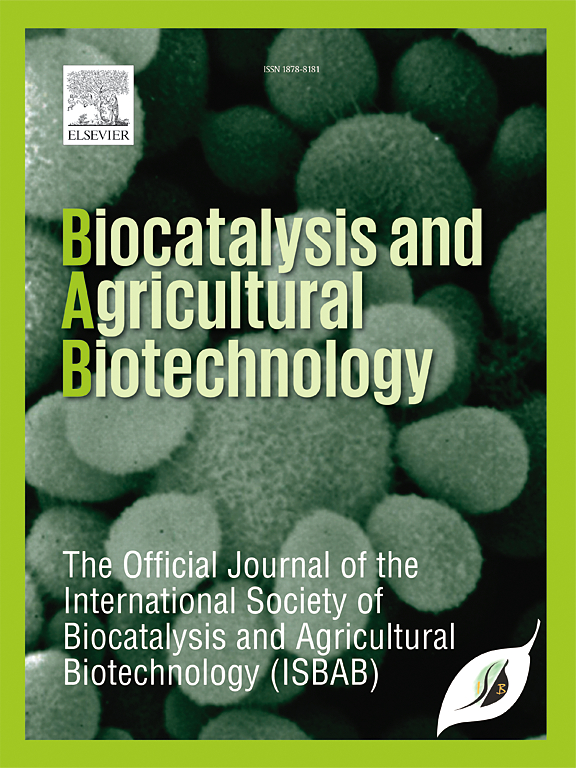Chamomile waste: A comprehensive insight on phytochemical and safety profile, extraction techniques and potential application
IF 3.4
Q2 BIOTECHNOLOGY & APPLIED MICROBIOLOGY
引用次数: 0
Abstract
Chamomile is widely recognized as both an aromatic and medicinal plant, valued for its exceptional therapeutic properties. Studies has demonstrated that chamomile possesses a range of beneficial effects, including anti-inflammatory, antioxidant, antiseptic, analgesic, antimicrobial, antispasmodic, antiviral, and sedative properties. With the growing global interest in natural ingredients and healthier alternatives to synthetic compounds, there is an increasing demand for accessible and cost-effective bioactive sources. In this context, chamomile waste—such as flower powder or distillation byproducts—emerges as a promising source of bioactive compounds with diverse potential applications. This paper provides a comprehensive overview of the phytochemical composition and safety profile of chamomile waste, highlighting its rich content of polyphenols, polysaccharides, pyrrolizidine alkaloids, and other bioactive compounds. Safety considerations, with particular attention to the presence of pyrrolizidine alkaloids, are also addressed. In addition to discussing its phytochemical composition, the paper reviews various extraction techniques for isolating bioactive compounds from chamomile waste. Traditional solvent extraction methods, including Soxhlet extraction, are compared to green extraction techniques such as supercritical fluid extraction, ultrasound-assisted extraction, and microwave-assisted extraction. Furthermore, the potential applications of chamomile waste in the pharmaceutical, cosmetic, and food industries are explored. Due to its bioactive properties, chamomile waste holds significant promise as an ingredient for skincare products, dietary supplements, and functional foods. The versatility of chamomile waste as a natural source of bioactive compounds presents opportunities for innovative product development and sustainable waste management practices.

求助全文
约1分钟内获得全文
求助全文
来源期刊

Biocatalysis and agricultural biotechnology
Agricultural and Biological Sciences-Agronomy and Crop Science
CiteScore
7.70
自引率
2.50%
发文量
308
审稿时长
48 days
期刊介绍:
Biocatalysis and Agricultural Biotechnology is the official journal of the International Society of Biocatalysis and Agricultural Biotechnology (ISBAB). The journal publishes high quality articles especially in the science and technology of biocatalysis, bioprocesses, agricultural biotechnology, biomedical biotechnology, and, if appropriate, from other related areas of biotechnology. The journal will publish peer-reviewed basic and applied research papers, authoritative reviews, and feature articles. The scope of the journal encompasses the research, industrial, and commercial aspects of biotechnology, including the areas of: biocatalysis; bioprocesses; food and agriculture; genetic engineering; molecular biology; healthcare and pharmaceuticals; biofuels; genomics; nanotechnology; environment and biodiversity; and bioremediation.
 求助内容:
求助内容: 应助结果提醒方式:
应助结果提醒方式:


